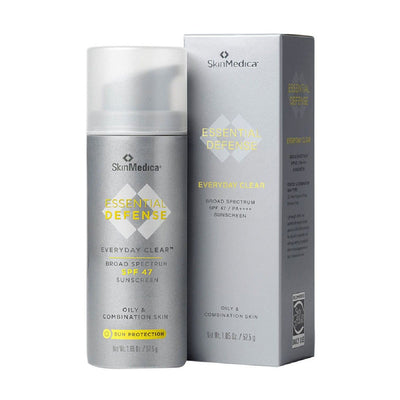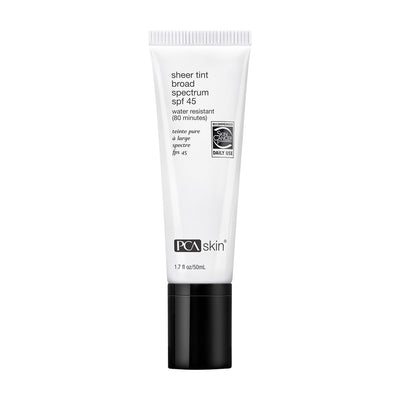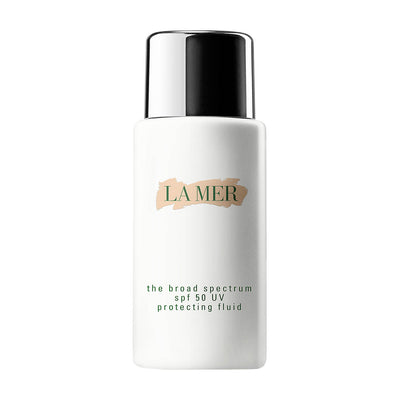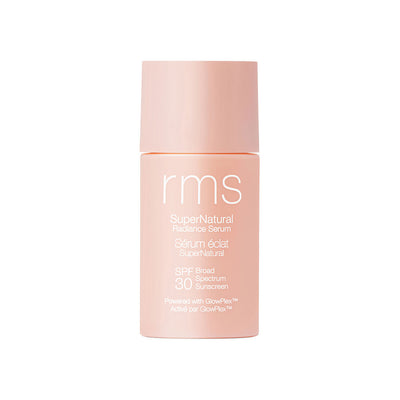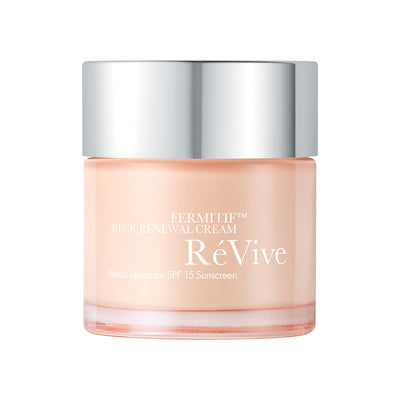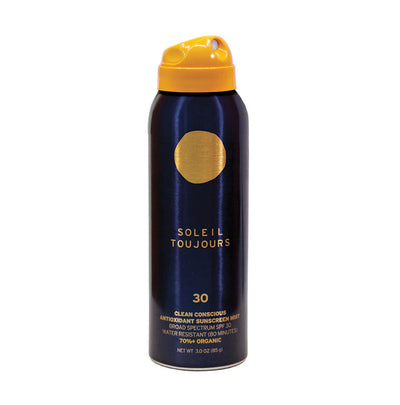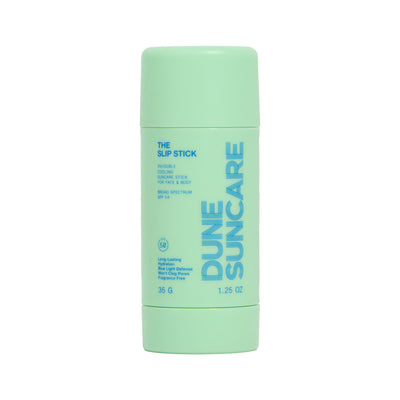
Augustinus Bader
The Mineral Sunscreen SPF 50
$145.00

SkinCeuticals
Physical Fusion UV Defense SPF 50
$45.00
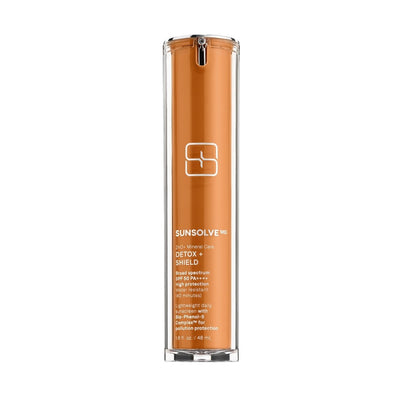
SunsolveMD
ZnO+ Mineral Care Detox + Shield SPF 50
$88.00

Vacation
Classic Spray SPF 50
$19.00

Solara Suncare
Good Karma Dry Oil Mineral Sunscreen SPF 30
$48.00
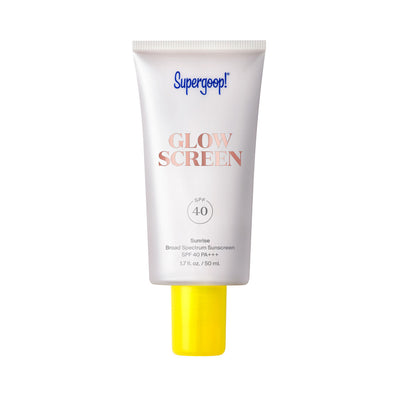
Supergoop!
Glowscreen SPF 40
$22.00

Dune
The Mug Guard SPF 30
$27.95
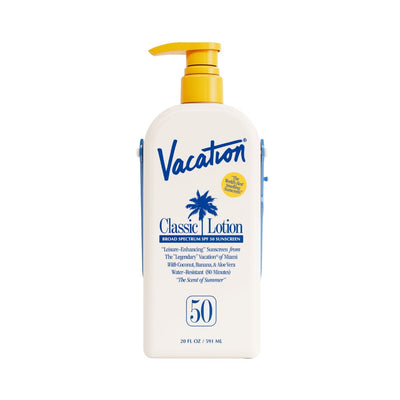
Vacation
Classic Lotion SPF 50 Sun Jug
$48.00

Supergoop!
Icons Only SPF Bestsellers Kit
$30.00
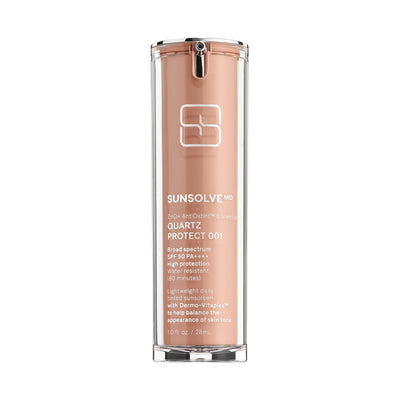
SunsolveMD
ZnO+ AntiOxtint Protect SPF 50
$72.00
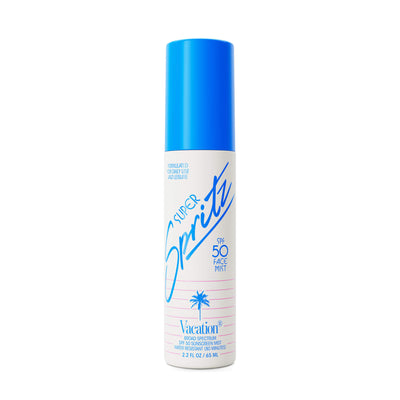
Vacation
Super Spritz Face Mist SPF 50
$22.00

Solara Suncare
Fortune Teller SPF 30
$64.00

Dune
The LifeGuard
$22.95
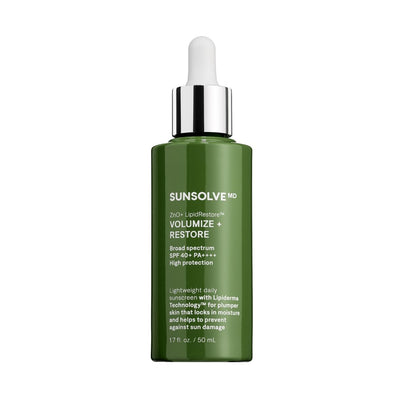
SunsolveMD
LipidRestore Volumize + Restore SPF 40
$77.00

Vacation
After Sun Gel
$14.00

Solara Suncare
Guardian Angel SPF 50
$56.00

IS Clinical
Eclipse SPF 50+
$54.00
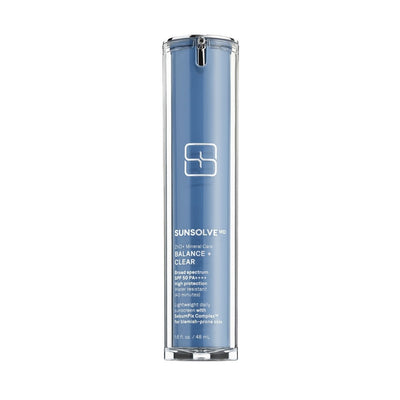
SunsolveMD
ZnO+ Mineral Care Balance + Clear SPF 50
$88.00

Vacation
Crystal SPF 50 Sunscreen Gel
$26.00

Indie Lee
Daily SPF 50 Primer
$46.00

Laura Mercier
Tinted Moisturizer Natural Skin Perfector SPF 30
$12.97
$27.00

U Beauty
The Multimodal Defender SPF 30
$168.00

Vacation
Orange Gelée Spray Oil SPF 30
$25.00
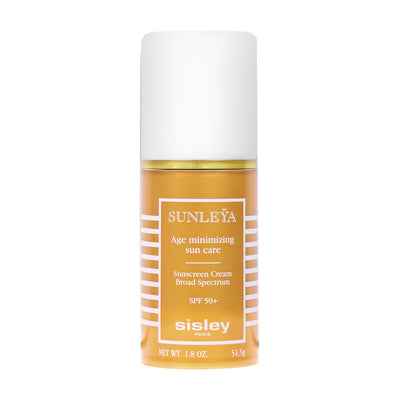
Sisley Paris
Sunleÿa SPF 50+
$385.00
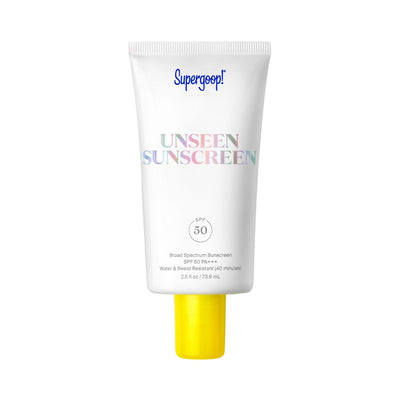
Supergoop!
Unseen Sunscreen SPF 50
$22.00
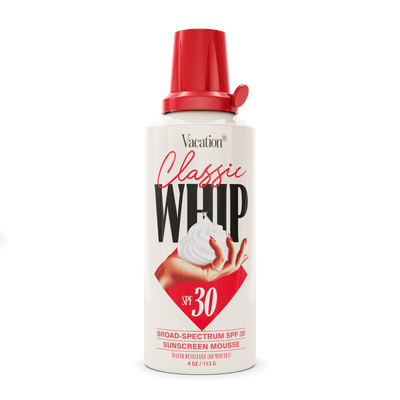
Vacation
Classic Whip SPF 30
$22.00

Trish McEvoy
Beauty Booster Cream SPF 30
$92.00

Soleil Toujours
Mineral Ally Eye Glow + Illuminator SPF 30
$68.00
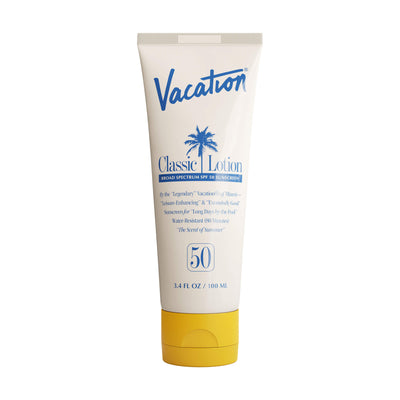
Vacation
Classic Lotion SPF 50
$15.00
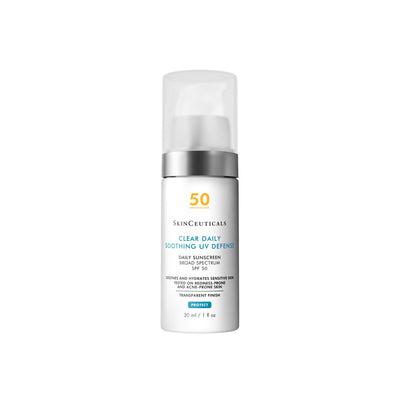
SkinCeuticals
Clear Daily Soothing UV Defense
$54.00

Dune
The Bod Guard SPF 30
$26.95
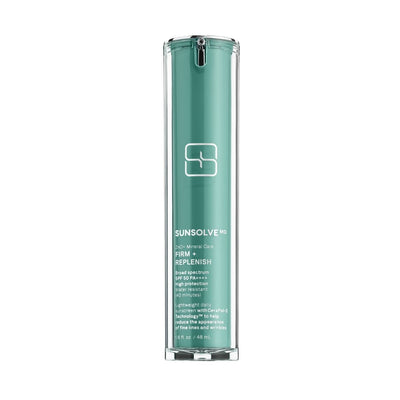
SunsolveMD
ZnO+ Mineral Care Firm + Replenish SPF 50
$88.00




